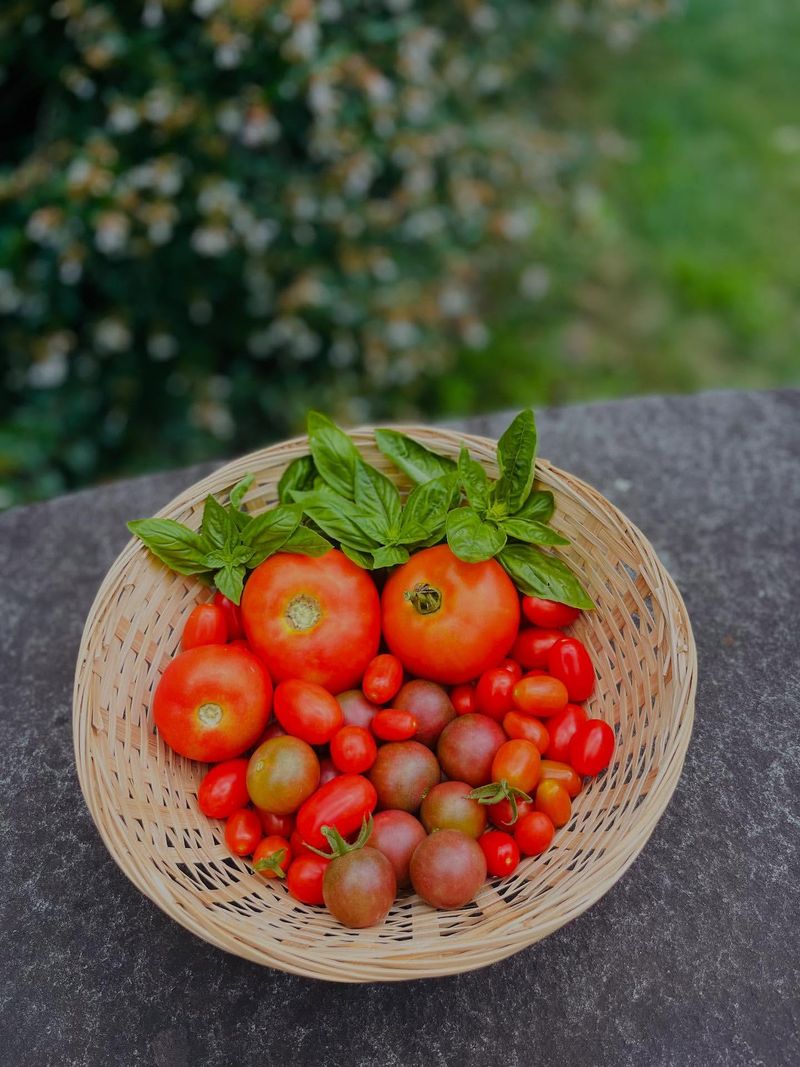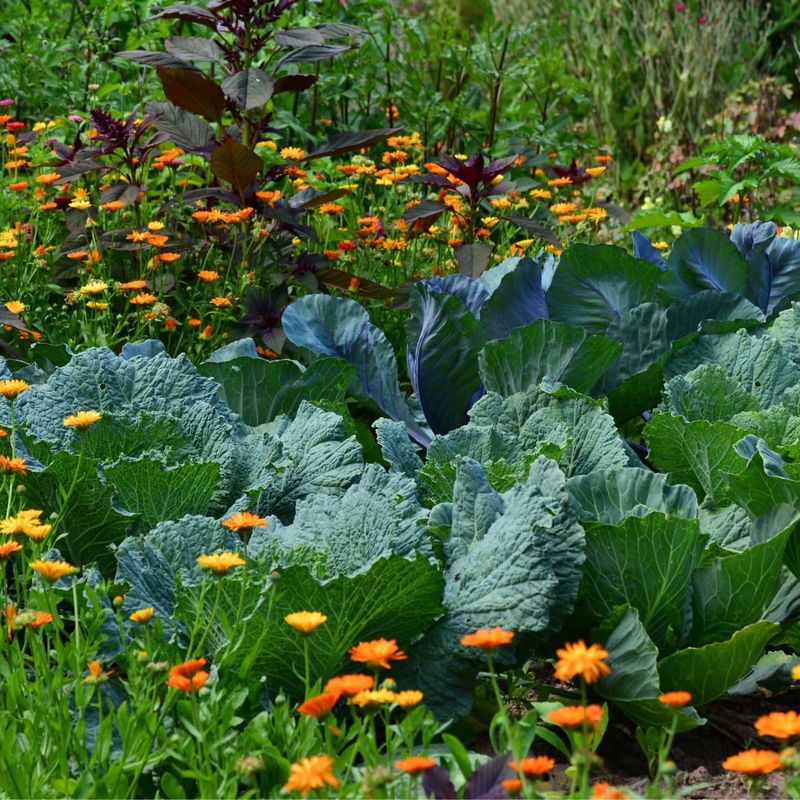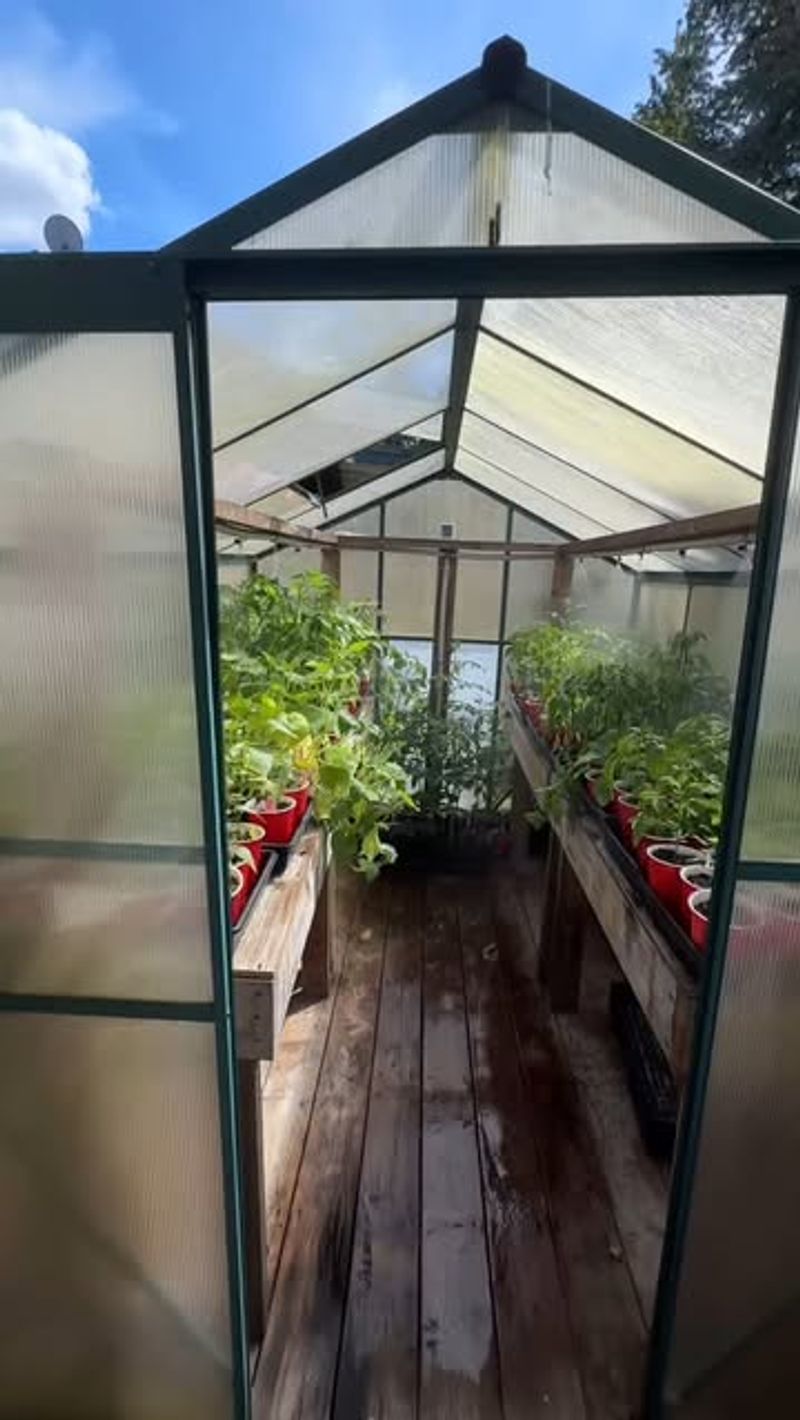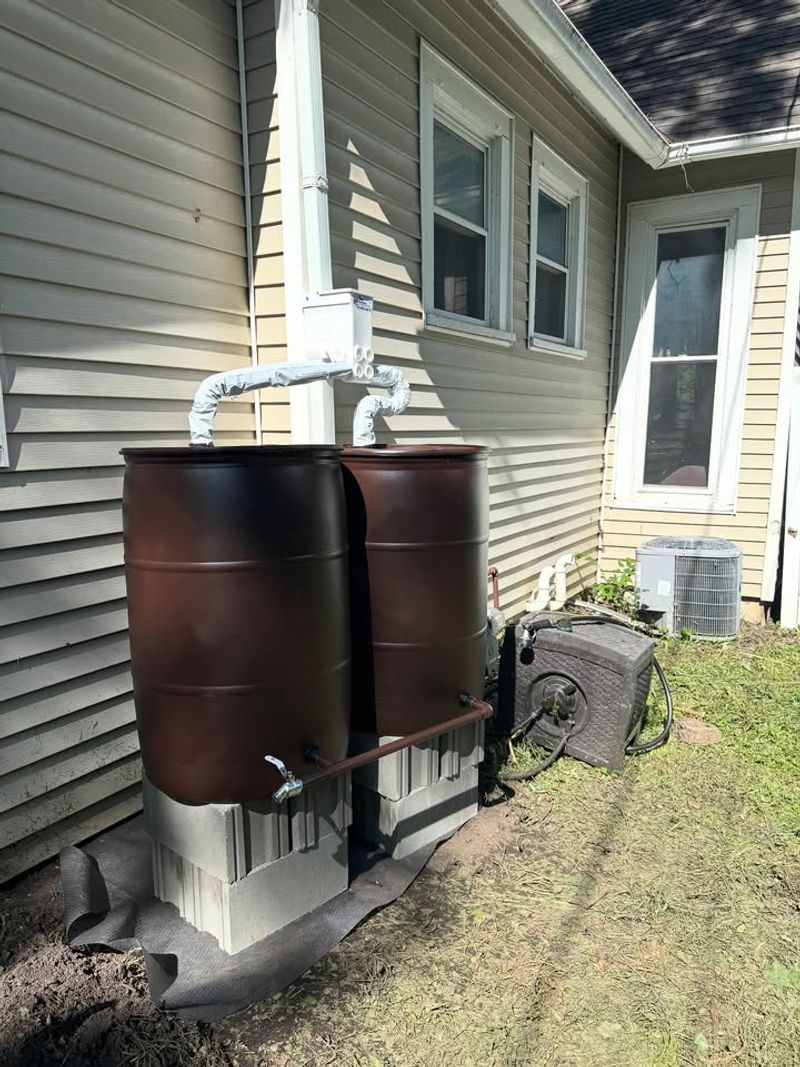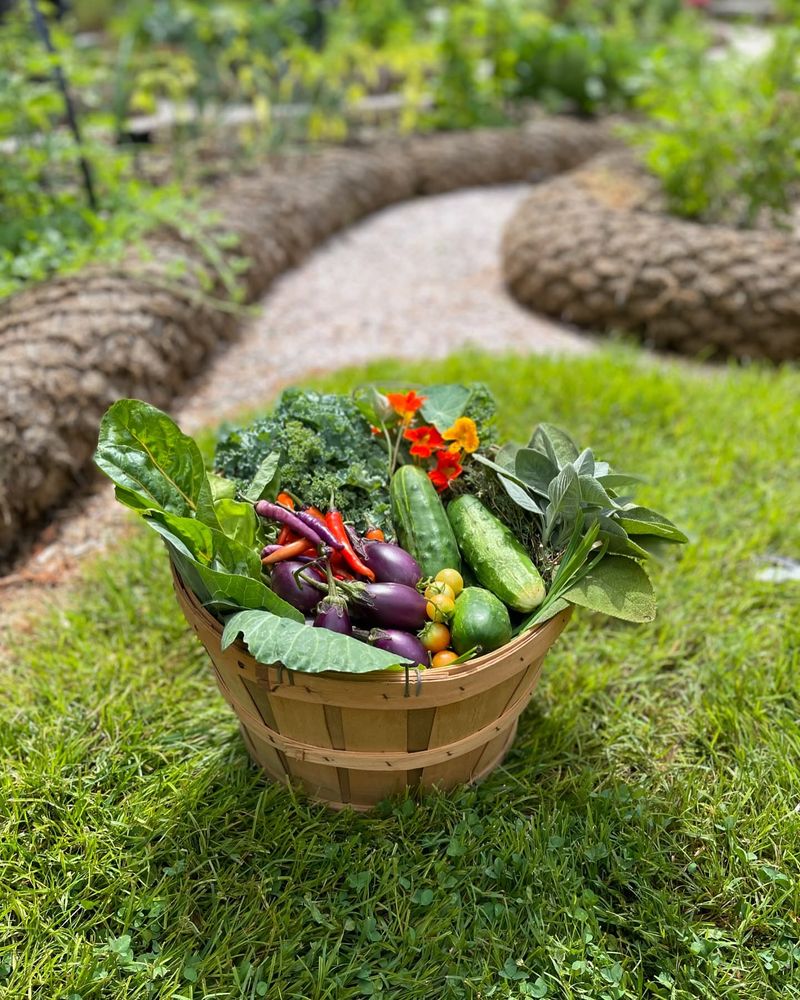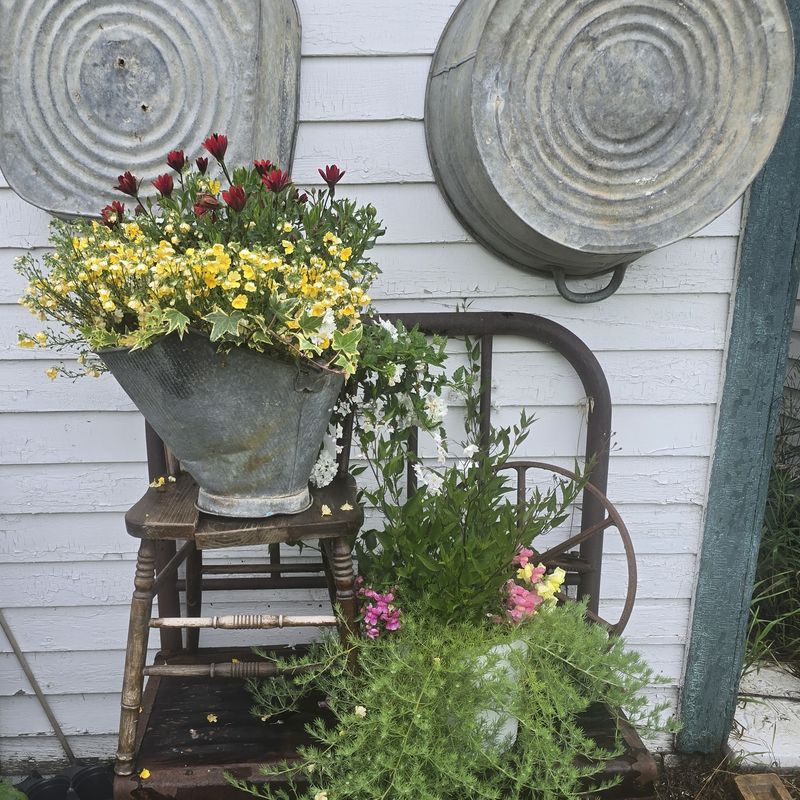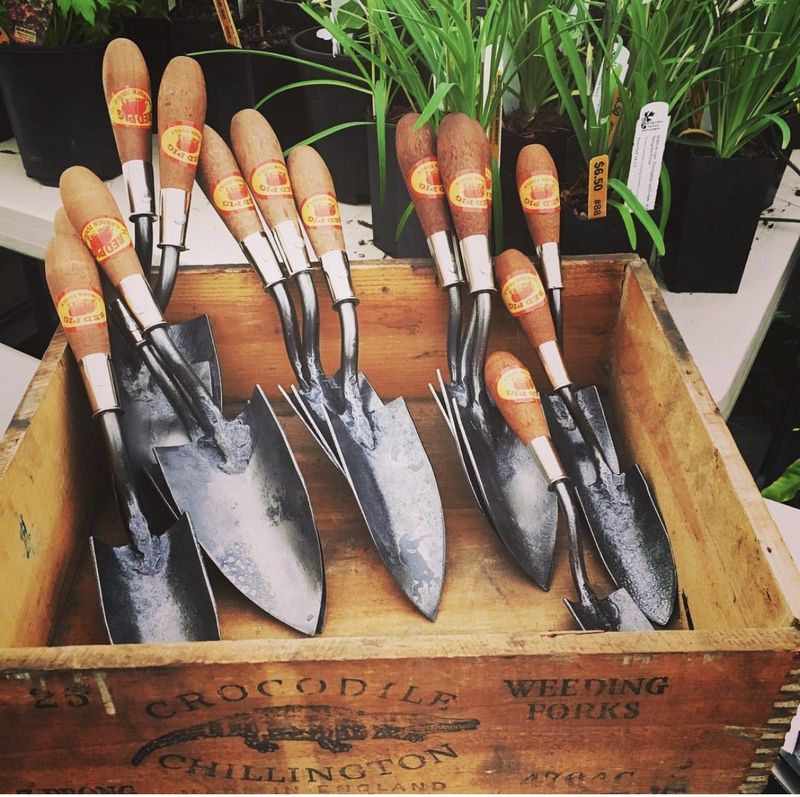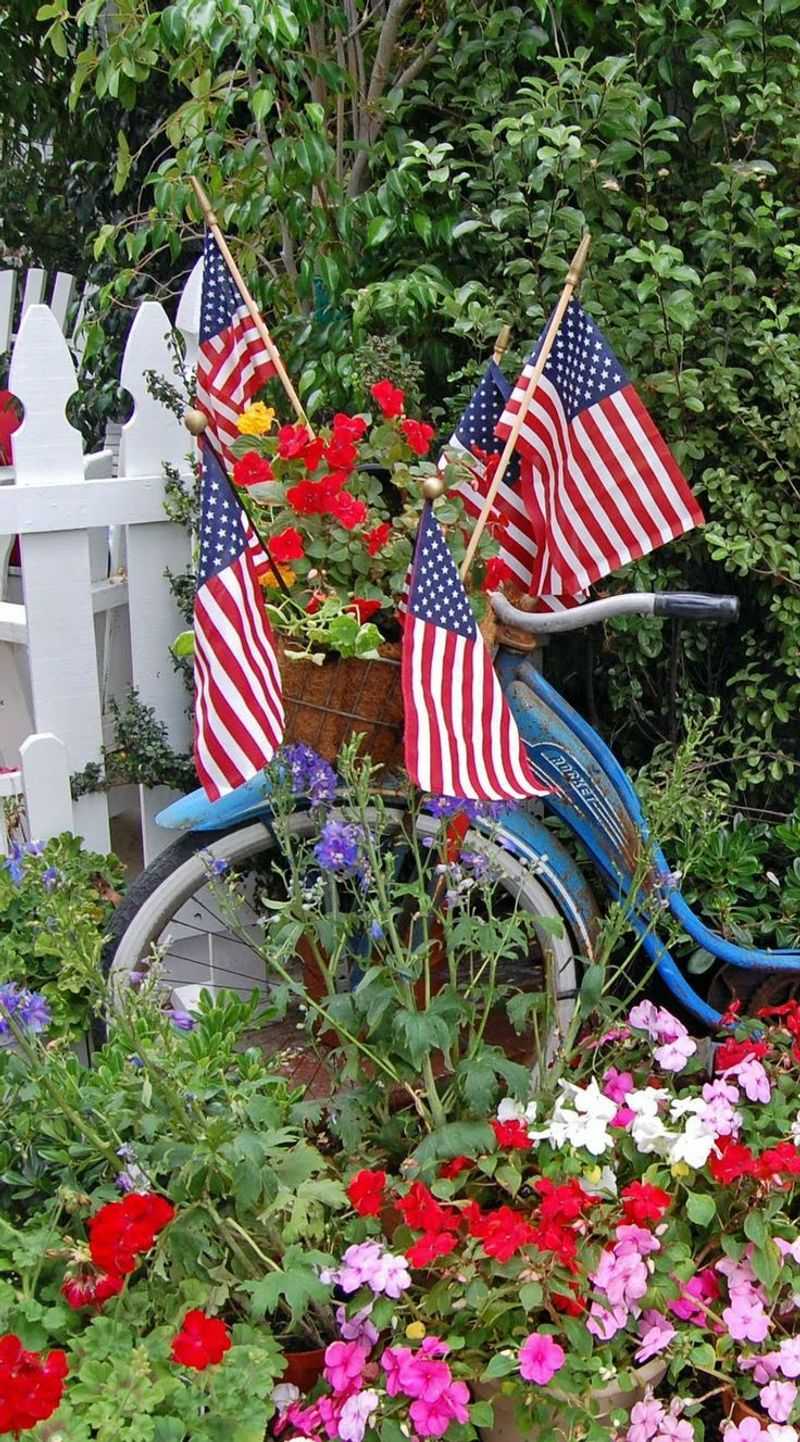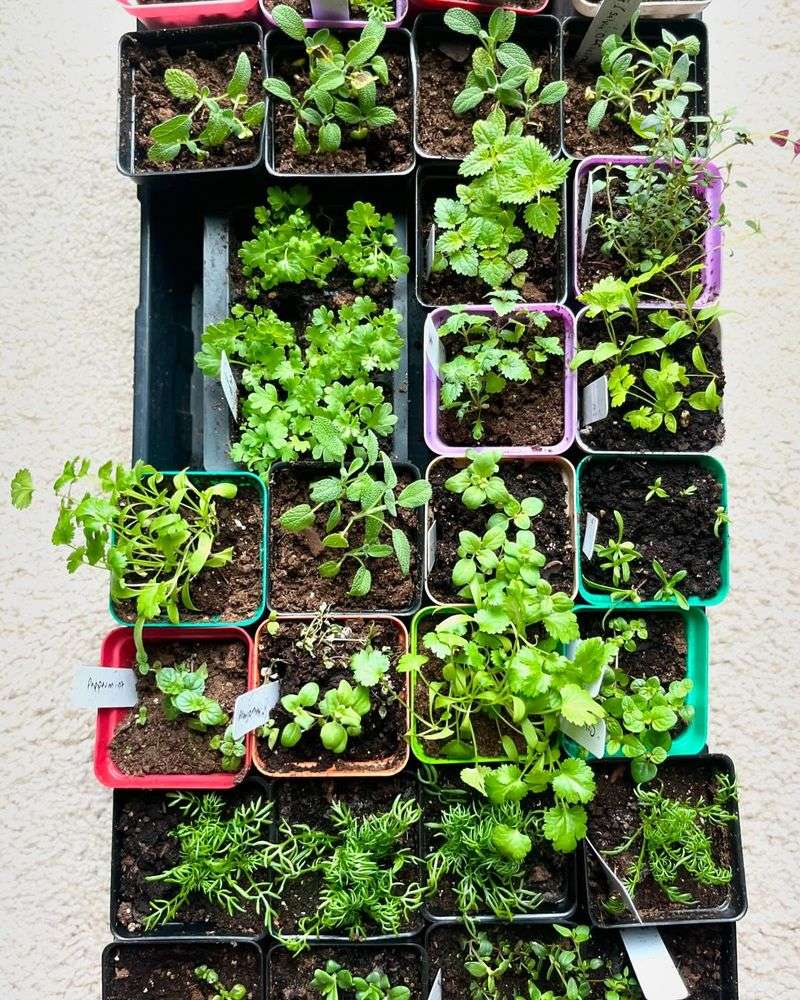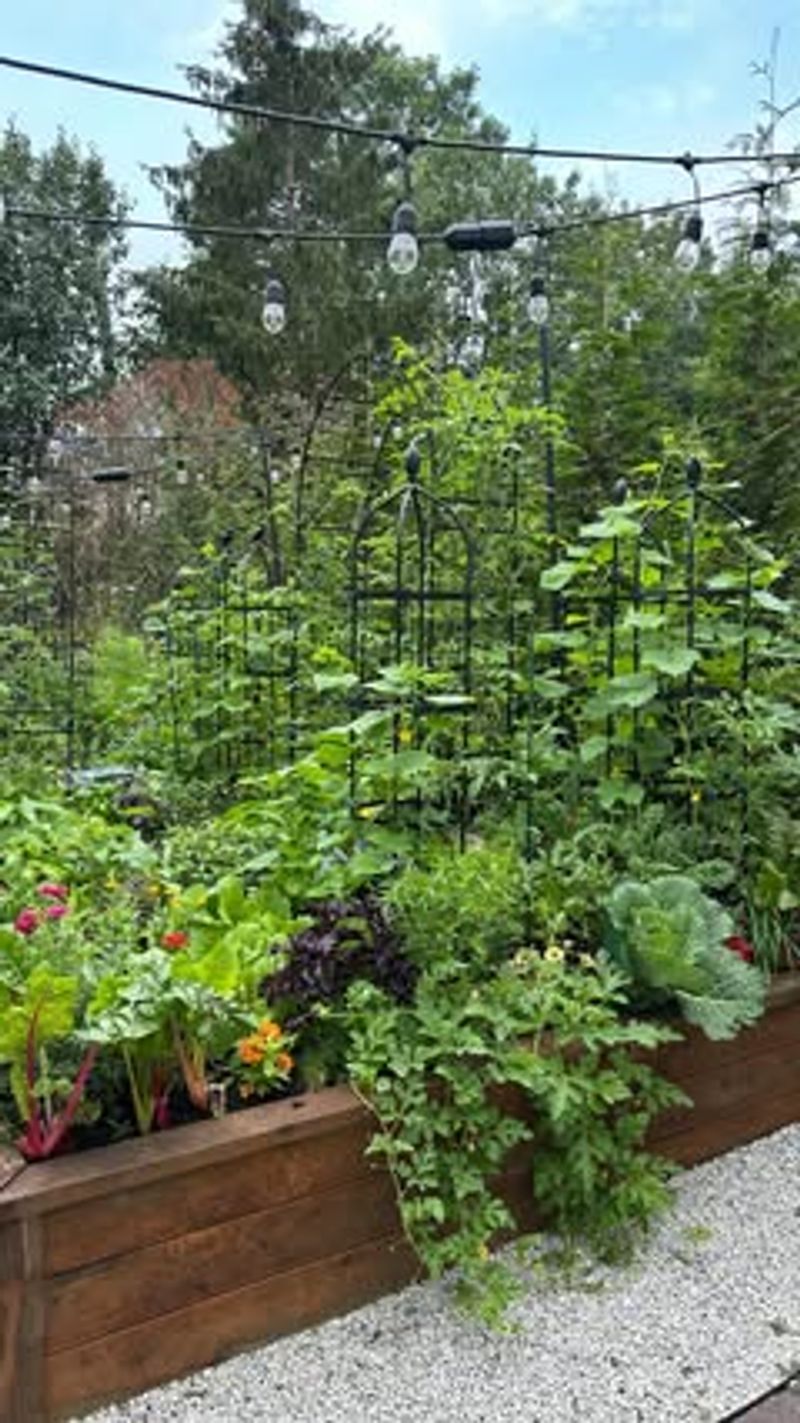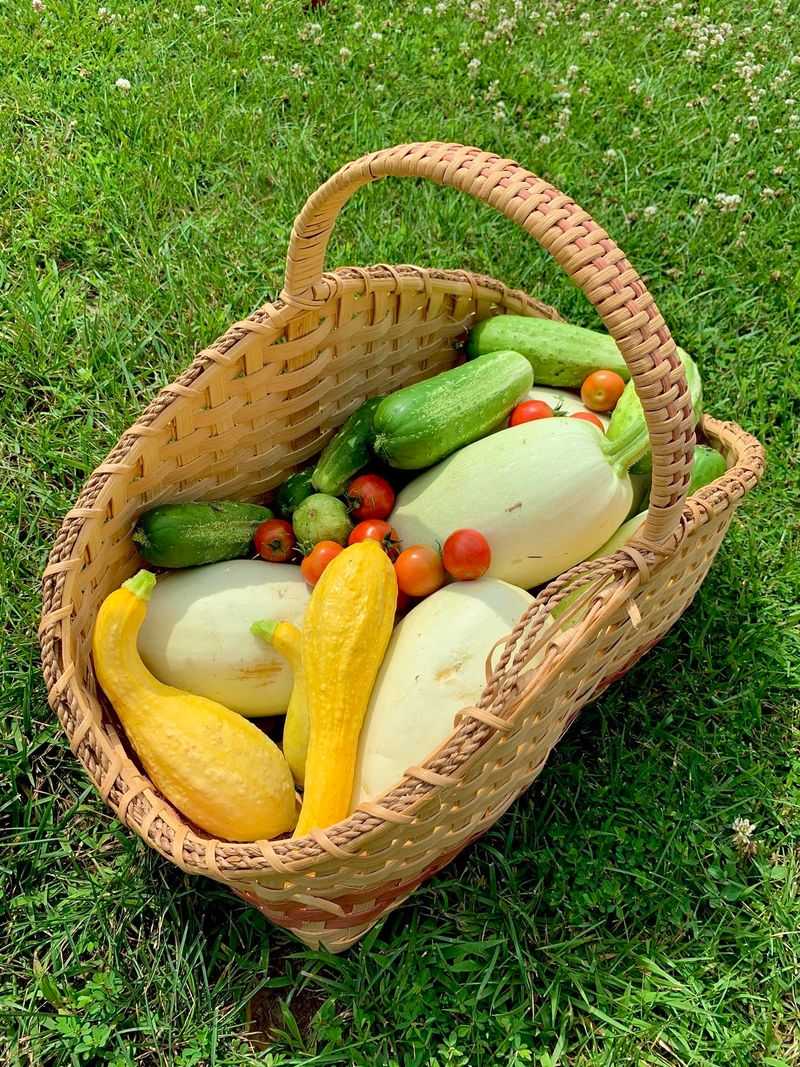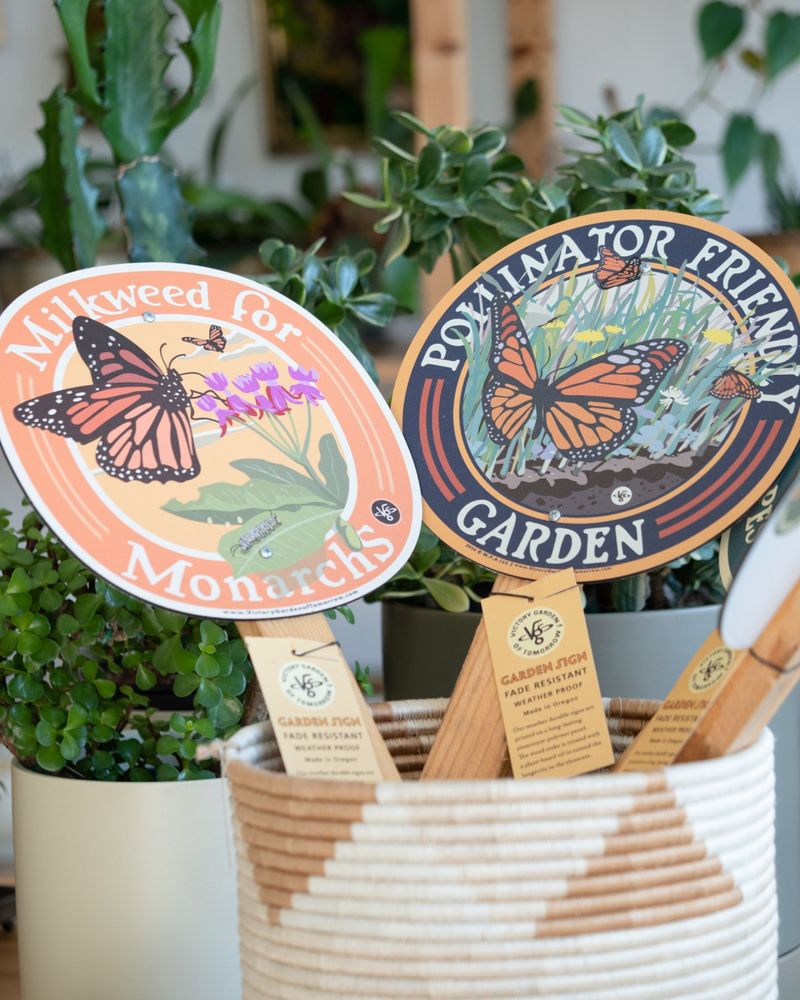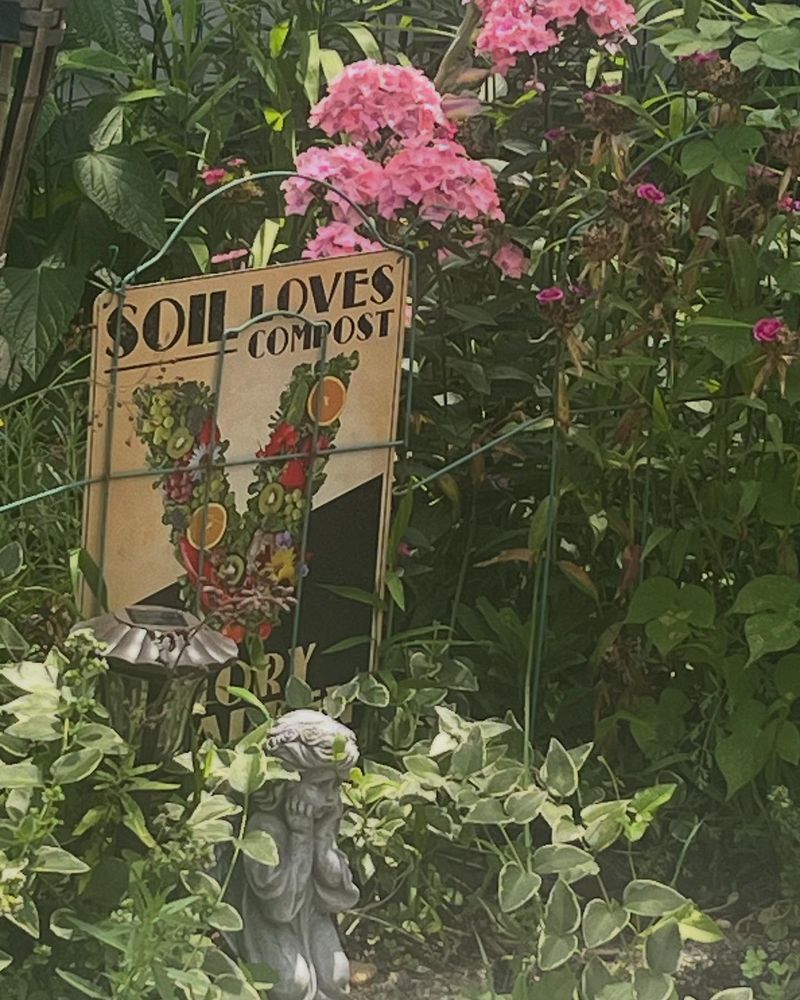Victory gardens are back—and honestly, Alabama gardeners are making them look so good. It’s like stepping into the 1940s, but with a fresh, homegrown twist.
These tidy rows of veggies and herbs aren’t just practical—they’re downright beautiful. I saw one the other day and couldn’t stop thinking about it.
If you’ve ever dreamed of growing your own food with a little old-school flair, this might be your sign.
1. Grid-Style Vegetable Plots
The classic grid layout maximizes growing space in Alabama yards. Neat rows of vegetables planted in rectangular beds allow for easy maintenance and harvesting.
Many Alabama gardeners mark their plots with handmade wooden signs just like their grandparents did. This organized approach helps track what’s planted where and creates that authentic 1940s look.
2. Heirloom Seed Preservation
Family seeds passed down through generations are making a comeback in Alabama gardens. These varieties often taste better than modern hybrids and connect gardeners to their heritage.
Local seed-swapping events have become popular across the Heart of Dixie. Gardeners exchange tomato, bean, and corn varieties that their grandparents grew during wartime, preserving living history in their backyards.
3. Companion Planting Techniques
Smart plant combinations help deter pests naturally, just as Alabama gardeners did before chemical pesticides were common. Marigolds border vegetable beds while basil grows alongside tomatoes.
This old-school knowledge is spreading through community gardens in Birmingham and beyond. Plants that help each other grow create healthier gardens and reduce the need for modern interventions.
4. Vertical Growing Structures
Recycled materials become trellises and supports throughout Alabama’s revived victory gardens. Gardeners craft climbing structures from salvaged wood, metal, and even old bed frames.
Beans, cucumbers, and peas reach skyward on these homemade supports. The vertical approach saves precious ground space – a technique that Alabama victory gardeners perfected during wartime resource shortages.
5. Water Conservation Systems
Rain barrels painted with patriotic designs collect precious water throughout Alabama’s gardens. These decorative yet practical features echo the resource-conscious mindset of the 1940s.
Old-fashioned watering techniques like clay pot irrigation are making a comeback in the southern heat. Many Alabama gardeners incorporate these water-wise methods that their grandparents relied on during drought periods.
6. Mixed Edible Landscapes
Blending vegetables with flowers creates beautiful, functional gardens across Alabama homes. Nasturtiums, pansies, and calendula add color while providing edible blooms just as victory gardens once did.
This practical approach makes front yards productive while maintaining curb appeal. Alabama gardeners in Mobile and Huntsville particularly embrace this aesthetic that combines beauty with bounty.
7. Repurposed Container Gardens
Old washtubs, wooden crates, and metal buckets become charming planters in Alabama victory gardens. These containers echo the make-do spirit of wartime gardening while adding vintage character.
Even apartment dwellers across the Yellowhammer State join the movement with container gardens on balconies and patios. The approach honors how urban victory gardeners maximized small spaces during the 1940s.
8. Hand Tool Collections
Vintage gardening implements hang on shed walls and sit ready in garden carts across Alabama. Many gardeners hunt for authentic tools at estate sales and antique shops to complete their victory garden aesthetic.
These well-worn tools connect modern gardeners to wartime traditions. Alabama’s humid climate means wooden handles develop the same patina that tools from the 1940s would have had.
9. Patriotic Garden Ornaments
Red, white, and blue decorations add historical flair to Alabama victory gardens. From painted stones to weathered flags, these touches honor the patriotic roots of the original movement.
Many gardeners in Montgomery and Birmingham incorporate stars and stripes into their garden designs. These symbolic elements remind visitors of how victory gardens once supported troops overseas.
10. Medicinal Herb Sections
Dedicated areas for healing plants revive the practical side of victory gardens in Alabama yards. Herbs like comfrey, yarrow, and echinacea grow alongside culinary varieties, just as they did in the 1940s.
Gardeners in rural Alabama particularly embrace this tradition of growing their own remedies. Hand-lettered signs identify each plant’s purpose, creating educational spaces that honor how victory gardens once supplemented medicine cabinets.
11. Season-Extension Methods
Cold frames built from old windows protect tender plants in Alabama gardens. These simple structures extend the growing season just as victory gardeners did to maximize food production year-round.
Row covers and cloches made from recycled materials appear throughout gardens in Tuscaloosa and Auburn. The techniques allow gardeners to harvest fresh vegetables even during Alabama’s unpredictable winter weather.
12. Community Harvest Sharing
Neighborhood exchange tables overflow with excess produce in Alabama communities. Gardeners leave extra vegetables for neighbors to take, reviving the communal spirit of wartime victory gardens.
Many Alabama towns organize produce swaps modeled after 1940s community efforts. This sharing system prevents waste and ensures everyone benefits from the garden bounty, just as they did during wartime rationing.
13. Vintage Variety Signage
Hand-painted wooden markers identify plants throughout Alabama victory gardens. These charming signs often feature the original variety names and planting dates, just as gardeners did in the 1940s.
Many Alabama gardeners research authentic fonts and styles from wartime gardening materials. The weathered look of these markers adds historical authenticity while serving the practical purpose of tracking what’s planted.
14. Canning Stations
Outdoor processing areas for preserving the harvest appear in Alabama backyards. Gardeners set up tables with vintage equipment for canning fresh vegetables during peak season.
These dedicated spaces honor how Alabama families preserved victory garden harvests during wartime. Mason jars line shelves in garden sheds, ready to store tomatoes, beans, and pickles just as they did in the 1940s.
15. Educational Garden Tours
Victory garden revivals become living history exhibits across Alabama communities. Gardeners open their yards for tours that demonstrate wartime growing techniques to new generations.
Many Alabama schools partner with these historical gardens for field trips. Children learn about food security and self-sufficiency through hands-on activities that connect them to their grandparents’ experiences during the 1940s.



